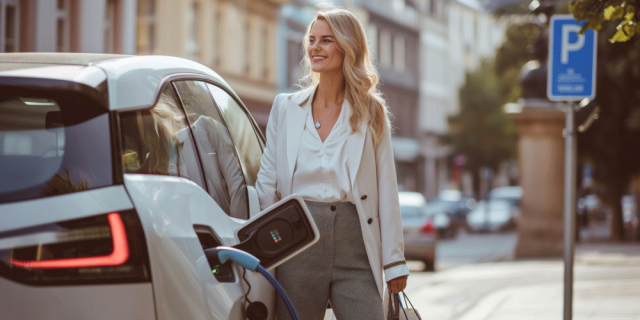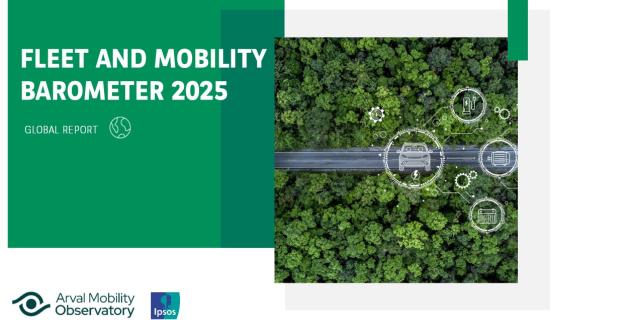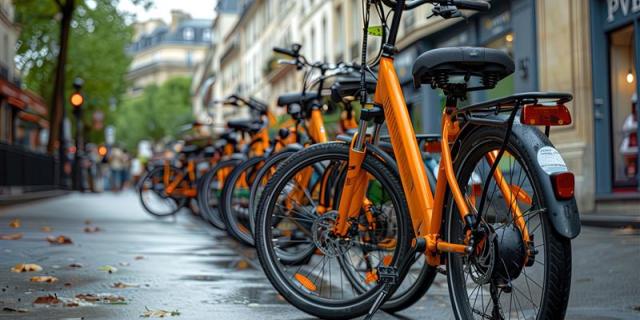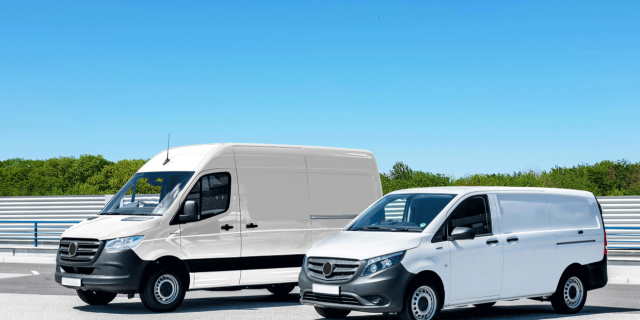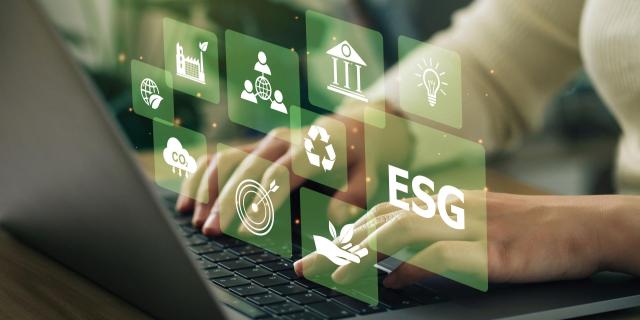Paris, 28th of November 2022
Understand the stakes in battery recycling.
With the rapid development of the electric vehicle, significant quantities of high-voltage lithium batteries will reach the end of their useful life from
2030. Subsequently, these used batteries will become a material for potential recycling.
Across the European Union, in order to overcome the upcoming “battery waste’s tsunami”, it is necessary to set up a sufficiently consistent battery recycling channel.
On top of this first challenge, adds up the necessity for required recycling facilities to be developed locally in order not to import twice as much primal critical materials; first for battery production and then again for battery recycling process, with the risk of buying the product another time in a product sourced from recycling.
In Europe, industrial high voltage battery recycling is at an embryonal state, the major part of investments having being dedicated to battery manufacturing.
The fear for primal critical materials shortage, in a context of insufficient investment in the top of the value chain and a strong dependency to China (regarding supply) becomes a major concern for the United States and Europe, as a possible brake for EV supply.
Being conscious of this risk, public authorities from both sides of the Atlantic are multiplying initiatives in order to develop and relocate batteries’ sustainable supply chain.
In this context, lithium-ion batteries’ second life and recycling becomes a critical aspect of common primal critical materials. Recycling could even become— to an extent — an alternative and sustainable supply source in primal critical materials, potentially solving Chinese supply shortages & dependency problems. In addition, it could create new growth and competitiveness drivers in Europe and USA.
In its latest publication “The challenges of battery recycling in 10 questions”, the Arval Mobility Observatory, in collaboration with the advisory & study cabinet, Rare Earth Advisory, provides a concise outlook of the automotive industry’s challenges regarding battery recycling.
“This publication’s goal is to highlight the stakes of battery recycling. Today we mainly speak about the economic and ecologic appraisal of electric vehicle’s production and use, without measuring battery-recycling impact” says Yaël Bennathan,Head of Arval Mobility Observatory.
According to the authors, the advantage of the electric vehicle’s supply chain remains very young, which allows its actors to organise it in a sustainable way from the start, driven by a circular spirit.
Furthemore, the multiplication of gigafactories’ projects — source of important production’s waste volumes — by 2030, gives the automotive industry actors the opportunity to set up networks linked to battery manufacturing plants in order to deploy the necessary recycling facilities for the large volume of high voltage lithium-ion battery which the life cycle of will be coming to an end.
A good understanding of the challenges of lithium battery recycling requires a 3-dimensional approach:
• Technological: the type of technology used defines what we will have to recycle from the products marketed today and tomorrow
• Geographical: regulations, the creation of battery factories ("gigafactories") as well as production waste treatment capacities will determine the
control of future end-of-life battery flows;
• Economic: the aforementioned points condition the adoption of different economic models, sometimes opposing a second life or immediate recycling.
Notwithstanding, “lithium-ion battery recycling is not an option but a necessity”, notices Luc Pez, CEO and Founder of Rare Earth Advisory. “Let’s hope that the future legislation on battery recycling, which the adoption of is planned for the end of 2022, will set a favourable frame for the development of a European high voltage battery recycling industry”.
On the same topic, discover our webinar on Battery From Production to recycling:
Webinar Battery From production to recycling | Arval Mobility Observatory



